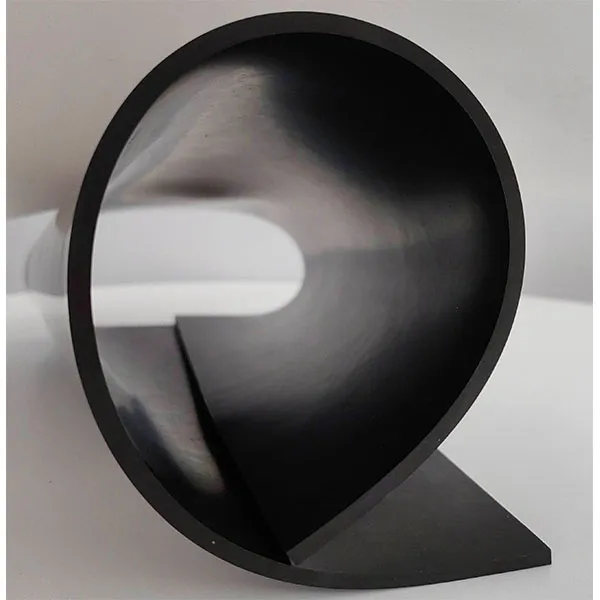Choosing the Right Rubber Bottom for Your Garage Door for Optimal Insulation and Protection
The Importance of Garage Door Rubber Bottoms Protection and Functionality
When it comes to home maintenance and security, many homeowners often overlook the humble garage door. It's a critical point of access to our homes, yet it’s frequently taken for granted. One of the most essential components of a well-functioning garage door is the rubber bottom seal. This often-overlooked piece of rubber serves multiple vital functions, contributing to the overall effectiveness and longevity of the garage door system.
What is a Garage Door Rubber Bottom?
The garage door rubber bottom, also known as a garage door bottom seal, is a strip of flexible material that is installed along the bottom edge of the door. Typically made from durable rubber or vinyl, it acts as a barrier between the garage and the outside environment. This simple yet effective addition plays a significant role in safeguarding your garage, and by extension, your home.
Protection from Elements
One of the primary purposes of the rubber bottom seal is to prevent water, debris, and pests from entering the garage. During heavy rain or snow, water can seep into the garage, leading to potential damage to stored items, tools, or even the flooring. The rubber seal forms a tight barrier, helping to keep your garage dry. Similarly, during the stormy seasons, dirt and debris can be blown in, causing a mess and potential harm to the items inside. The rubber bottom helps to minimize this risk.
Moreover, pests such as rodents and insects are often looking for warm places to nest. A worn or missing rubber seal can create openings, allowing these unwanted guests to invade your garage. Keeping this seal in good condition is crucial for preventing pest infestations.
Insulation and Energy Efficiency
garage door rubber bottom

Another important function of the garage door rubber bottom is its contribution to insulation. Many garages are attached to homes, and a significant amount of heat can escape through an inadequately sealed garage door. When the rubber seal is properly installed, it aids in maintaining a stable temperature inside the garage, which can translate to better energy efficiency for the entire home.
In colder climates, the absence of a functional rubber seal can lead to freezing temperatures inside the garage, affecting everything from vehicle performance to stored items. By ensuring the seal is intact, homeowners can create a more energy-efficient environment, saving on utility bills in the long run.
Noise Reduction
In addition to its protective and insulating capabilities, the rubber bottom also acts as a cushion, helping to reduce noise. For homeowners with attached garages, the sound of the garage door opening and closing can be disruptive. A rubber seal softens the contact between the door and the ground, minimizing the noise generated during operation. This added benefit enhances the overall living experience in the home, promoting a quieter environment.
Maintenance and Replacement
Maintaining the garage door rubber bottom is relatively simple. Regular inspections should be performed to check for any signs of wear or damage. If you notice cracks, tears, or any other form of deterioration, it’s essential to replace the rubber seal promptly. Most rubber bottoms are easily installed and can be purchased from home improvement stores, making it a manageable DIY task.
In conclusion, the garage door rubber bottom is a crucial element that contributes significantly to the functionality and protection of your garage and home. Its roles in safeguarding against the elements, enhancing insulation, reducing noise, and preventing pest invasions cannot be overstated. As such, homeowners should prioritize the maintenance and replacement of this vital component, ensuring their garage remains a secure and efficient part of their living space.
-
Under Door Draught Stopper: Essential ProtectionNewsJul.31,2025
-
Garage Door Seal and Weatherstrips for ProtectionNewsJul.31,2025
-
Edge Banding Tape for Perfect EdgesNewsJul.31,2025
-
Table Corner Guards and Wall Corner ProtectorsNewsJul.31,2025
-
Stair Nose Edging Trim and Tile Stair SolutionsNewsJul.31,2025
-
Truck Bed Rubber Mats for Pickup BedsNewsJul.31,2025
-
Window Weather Stripping for Noise ReductionNewsJul.29,2025